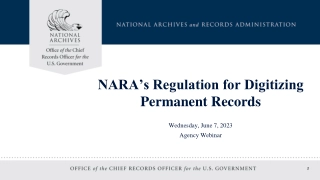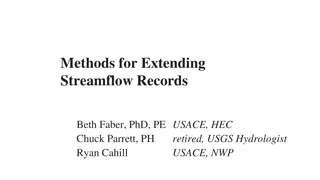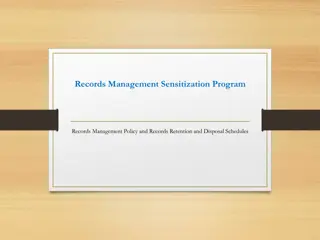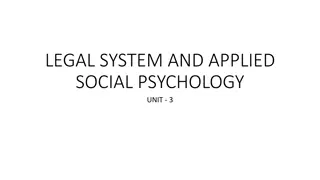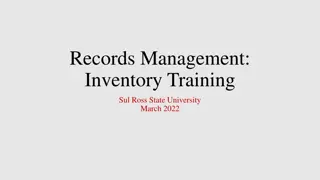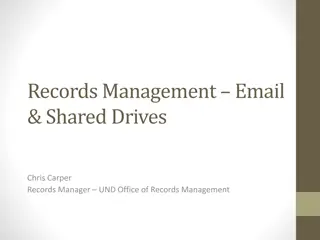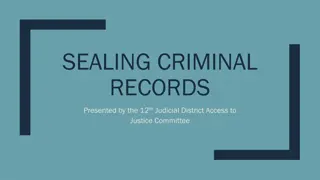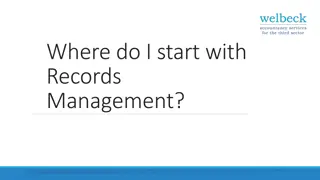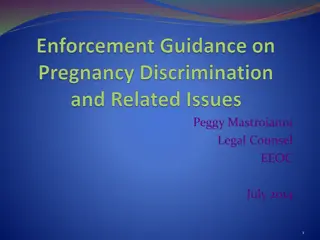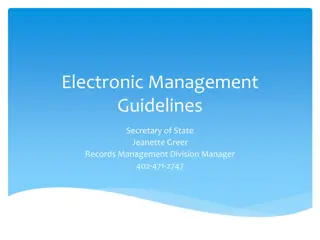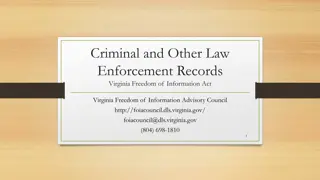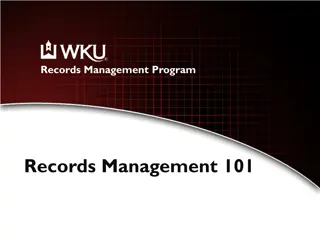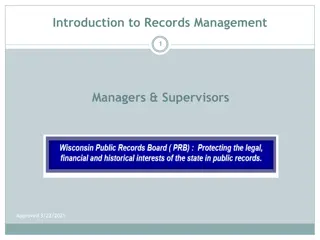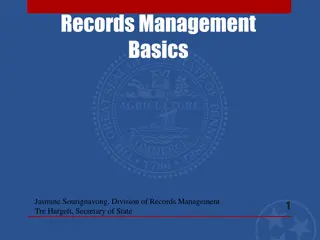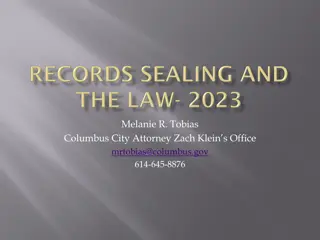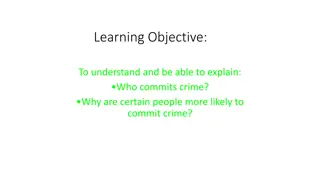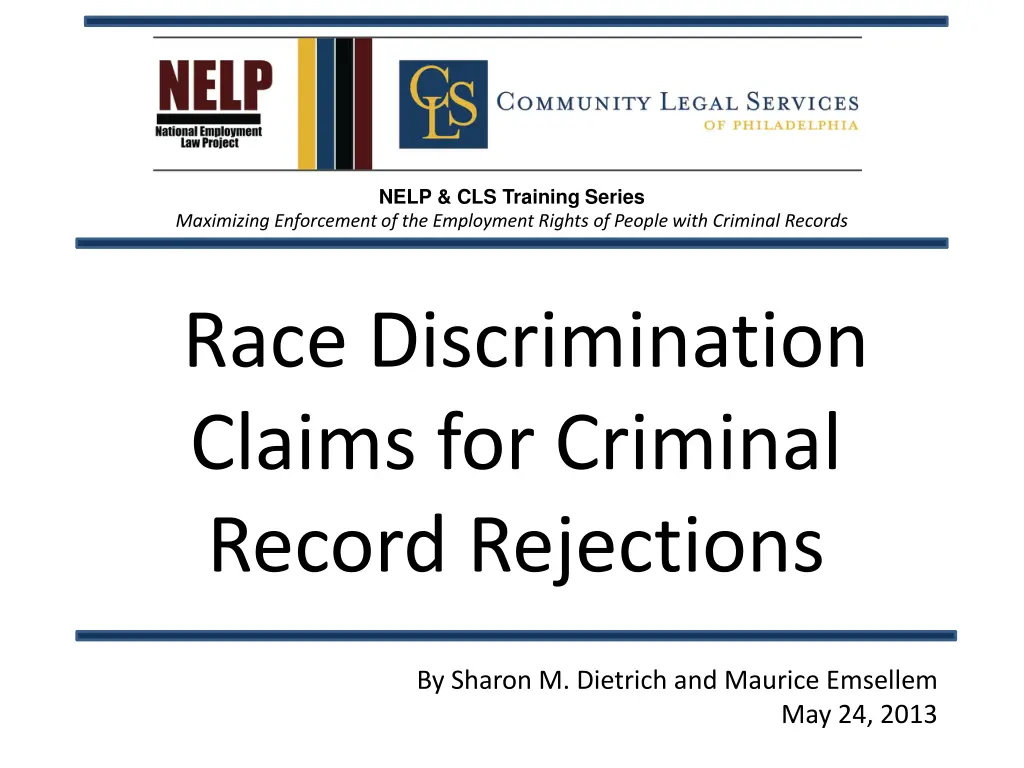
Maximizing Employment Rights for People with Criminal Records - Enforcement Guidance
Explore crucial insights on race discrimination claims for criminal record rejections, EEOC enforcement guidance, disparate impact in Title VII lawsuits, business necessity considerations, and more. Learn about the importance of individualized assessments in avoiding liability.
Download Presentation

Please find below an Image/Link to download the presentation.
The content on the website is provided AS IS for your information and personal use only. It may not be sold, licensed, or shared on other websites without obtaining consent from the author. If you encounter any issues during the download, it is possible that the publisher has removed the file from their server.
You are allowed to download the files provided on this website for personal or commercial use, subject to the condition that they are used lawfully. All files are the property of their respective owners.
The content on the website is provided AS IS for your information and personal use only. It may not be sold, licensed, or shared on other websites without obtaining consent from the author.
E N D
Presentation Transcript
NELP & CLS Training Series Maximizing Enforcement of the Employment Rights of People with Criminal Records Race Discrimination Claims for Criminal Record Rejections By Sharon M. Dietrich and Maurice Emsellem May 24, 2013
Highlights of the 2012 EEOC Guidance
EEOC Enforcement Guidance Crucial new enforcement guidance approved on April 25, 2012. Subregulatory, so not controlling on courts, but probably entitled to deference. Certainly controlling on Commission. For more information, see Highlights of EEOC s New Criminal Record Guidance (April 26, 2012) http:www.eeoc.gov/laws/guidance/upload/arrest_conviction.pdf 3
Title VII: Proof of Disparate Impact In a lawsuit, complex statistical evidence is required. Where does it come from? How is it analyzed? In the EEOC, disparate impact is presumed, need not be proved (Guidance, p. 10). Key reason EEOC charges are more feasible than litigation. 4
Title VII: Business Necessity & Arrests An exclusion based on an arrest, in itself, is not job related and consistent with business necessity. (Guidance, p. 12). An employer is supposed to evaluate the likelihood that the person engaged in the conduct for which s/he was arrested. 5
Title VII: Business Necessity & Convictions EEOC policy says that an employer is to consider the following factors: 1. The nature and gravity of the offense/conduct; 2. The time that has passed since the offense and/or the sentence completion; 3. The nature of the job held or sought. (Guidance, p. 15 - derived from Green). 6
Title VII: Matrices (Targeted Exclusions) Should take into account fact-based evidence, legal requirements, studies (p. 17). Guidance suggests employers should distinguish between different jobs and different offenses and provide time limits for disqualifications (see esp. Example 7, pp. 18-19). 7
Title VII: Individualized Assessments Not required, but strongly recommended to avoid liability. Process: Employer notifies applicant of possible rejection; Applicant has opportunity to respond; Employer considers what applicant said. (Guidance, p. 18). 8
Title VII: Individualized Assessments Identified Factors Inaccurate information in record; Facts around criminal conduct; Number of offenses; Older age at time or conviction/release; Work history since conviction; Rehabilitation; References; Bonded. 9
Title VII and Ban the Box Guidance endorses the BTB principle of not asking about a criminal record on a job application as a best practice (Guidance, pp. 13-14). Should limit the number of applicants for which individual assessments are needed. 10
Title VII: Some Implications Across-the-board exclusions usually violate Title VII (p. 16). So does the firing of current employees who are performing well but have criminal records (see Example 8, p. 20). So do on-line applications that kick out people with a record (see Example 5, p. 16). 11

